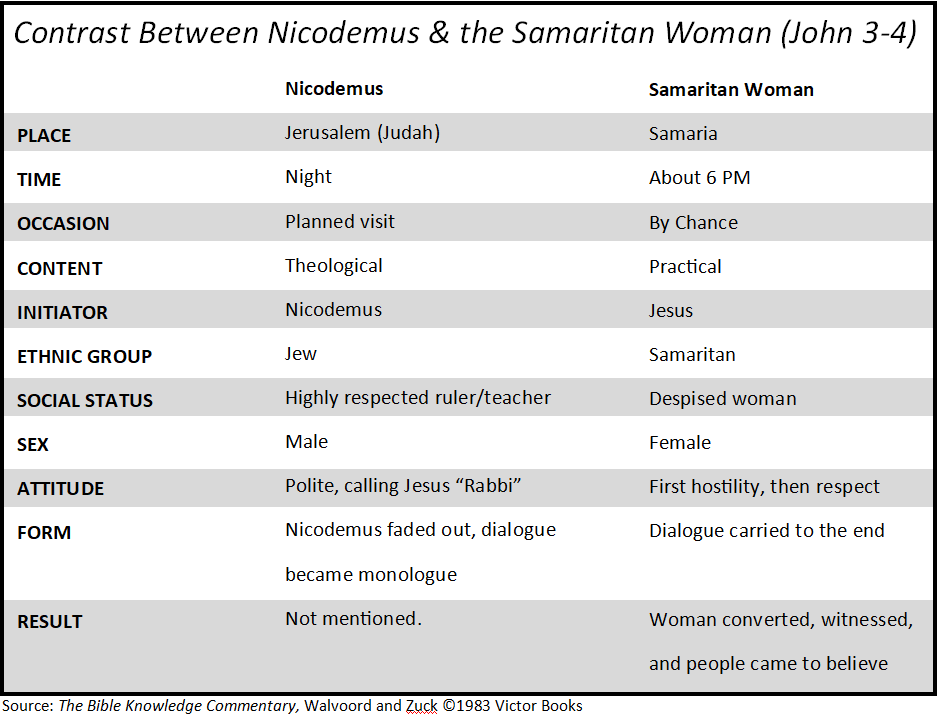By Tyson Thorne

It's an interesting parenthetical comment the apostle John leaves us at the beginning of chapter four. He says that Jesus did not baptize people, only his disciples did. Which may be true on this one occasion, but it isn't true always. John 3.22 states "Jesus and his disciples came into Judean territory, and there he spent time with them and was baptizing." At this time many came to follow Jesus. In chapter four, there are already a great number who are following Jesus which caught the attention of more than Nicodemus, but the other Pharisees too. So Jesus decided to move on.
He was moving on to Galilee, and to do so he passed through Samaria where he encounters the woman at the well. The text states Jesus "had to go through Samaria" which is true, but not in the way one might think. There was a road that circumvented Samaria that most Jews took when traveling north or south. So it is not true that Jesus had to go through Samaria because there was no other way to get to Galilee. What it does mean is that it was part of Jesus' mission to go to Samaria. He had a divine appointment with a woman at Jacob's well, and his message had to be delivered to the people there.
We won't detail those events here as we covered it back in September, feel free to go back and read it for a refresher. What we should note is that the Nicodemus encounter and the woman at the well are back-to-back interviews with Jesus. Nicodemus came to him at night so only the two of them would talk; the Samaritan woman comes at the sixth hour when no one would be around, so she too has a one-on-one encounter with the Messiah. The Bible Knowledge Commentary does a good job of showing the contrasts between these two encounters.

What does all this portend? That John placed these two conversations together purposely. It is easy to compare and contrast these encounters, which I believe John intended us to do.
After Jesus identifies himself to the Samaritan woman as the Messiah, something he never did before the Jews, the disciples returned from the market. They were quick to observe Jesus' change in nature — he was happier, uninterested in food and drink, and focused on spiritual needs rather than physical ones. Jesus' statement "My food is to do the will of the one who sent me and to complete his work," explains his earlier cryptic remark "I have food you know nothing about."
John doesn't draw us a picture of what happens next, but with a little imagination the reader can see the people the Samaritan woman invited to meet Jesus walking along the path to the well as Jesus tells his disciples about the harvest. "I sent you to reap" Jesus said, and the harvest of people presented themselves. Verses 41 and 42 tells us that the harvest was indeed plentiful.